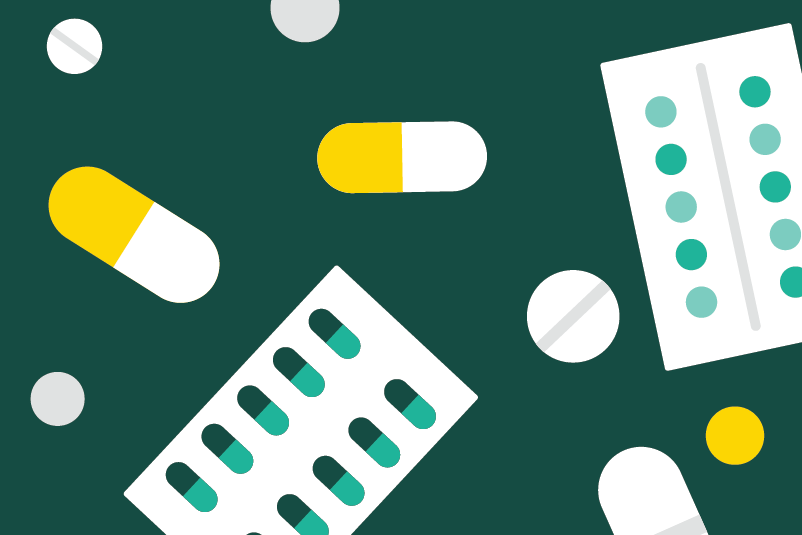#278 Gabapentin for Alcohol Use Disorder: Decrease pints with a pill?

Reading Tools for Practice Article can earn you MainPro+ Credits
Join NowAlready a CFPCLearn Member? Log in
- Systematic review, 7 randomized controlled trials (RCTs), 3-26 weeks, 730 participants, with alcohol dependence or AUD, 300-3600mg gabapentin/day (immediate or delayed release) versus placebo, most included regular follow-up visits after ~3 days abstinence. Gabapentin:1
- Decreased percentage of heavy drinking days.
- Absolute numbers not reported.
- No difference total abstinence.
- 10% higher rate adverse events, no serious events reported.
- Decreased percentage of heavy drinking days.
- Recent RCT (not in above review) gabapentin versus placebo:
- 90 patients mean age 50, 77% male, average 11 drinks/day. Objective urine test used to confirm drinking/abstinence. 1200mg of gabapentin/day for 16 weeks increased:2
- No heavy drinking days (>5 standard drinks/day):
- 27% versus 9% (placebo), number needed to treat (NNT)=6.
- Total abstinence:
- 18% versus 4% (placebo), NNT=8.
- Patients with more withdrawal symptoms benefit more.
- No heavy drinking days (>5 standard drinks/day):
- Adverse events: dizziness, 56% versus 33% (placebo), number needed to harm=4.
- 90 patients mean age 50, 77% male, average 11 drinks/day. Objective urine test used to confirm drinking/abstinence. 1200mg of gabapentin/day for 16 weeks increased:2
- Gabapentin is recommended (off-label) as second line for moderate to severe AUD.3
- Recommended first line agents include acamprosate and naltrexone with NNTs of 12 and 20, respectively, for abstinence.3,4
- Gabapentin misuse in general population is ~1%, and up to 15-22% in patients with history of opioid abuse. Risk with alcohol abuse history less clear.5
- Gabapentin related cases reported to US poison control increased by 72% between 2013-2017, including 120% increase in abuse/misuse and 80% increase in suicidality.6
- One observational study reported the death rate of those prescribed gabapentin for any reason was double that of the general population (RR 2.16), patients receiving these prescriptions may be at higher baseline risk.7 Excess alcohol also increases mortality.8
- Clinicians should be aware of potential misuse/diversion when prescribing gabapentin.9







I think that gabapentin increases the effect of alcohol in the same way that phenytoin does. If you take gabapentin and feel drunk at 3 drinks then no need to drink more
Gabapentin reasonably effective in AUD